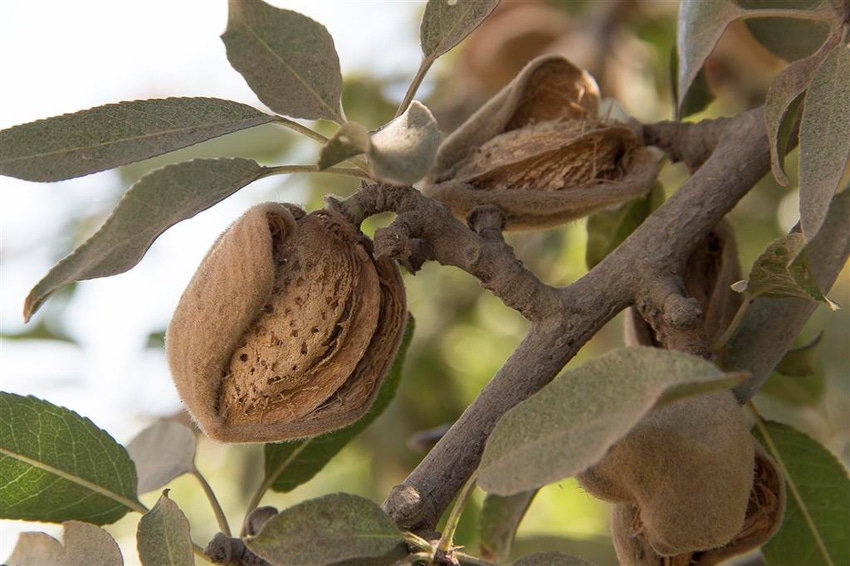July 23, 2015

Almonds may play a larger role in addressing greenhouse gasses than first thought, according to a study by the University of California.
It would appear from these studies that almond trees accumulate and store significant amounts of carbon.
The study suggests that the complete use of the various parts of the almond – the nut for human consumption, hulls for cattle feed and the shells for livestock bedding – plays an important part in making almond production carbon neutral with respect to greenhouse gases (GHG).
“This critical research further reinforces the importance of our longstanding commitment to independent, third-party analysis of next-generation farming practices,” said Richard Waycott, President and CEO of the Almond Board of California.
“Our ongoing research programs help drive development of innovative production solutions that lead to continued improvement in efficient and sustainable, environmentally responsible farming.”
Sustainability often is studied in distinct parts, but this study is a comprehensive lifecycle assessment that examines many interrelated elements, from land preparation and planting the tree through the life of the tree and eventual removal.
According to co-author Elias Marvinney, doctoral candidate at UC Davis, researchers have identified several key changes in orchard management to help the almond industry reduce GHG emissions.
“If these trends continue to be supported, there is very strong potential for almond production to become carbon neutral or even carbon negative,” said Marvinney.
Promoting sustainability
The study, published in The Journal of Industrial Ecology, modeled almond production at the orchard scale over a typical 25-year orchard life cycle. Emissions and energy per kilogram yield are not constant from year to year, so averaging over the orchard lifespan is required to report the emissions of a “typical” California almond orchard.
One of the goals of the Almond Board’s sustainability program, according to its director, Gabriele Ludwig, is to identify best-management practices that enhance both environmental and economic impacts of almond production. According to Ludwig, studies like this provide a firm foundation for the board’s efforts of sustainability.
Current research from the California Almond Sustainability Program (CASP) shows that 74 percent of surveyed almond orchards already productively use orchard pruning’s (tree wood, bark, clippings and other materials) for in-orchard chipping, composting, or energy generation.
The UC Davis study suggests that irrigation management also can have a significant impact on GHG emissions and energy use, and models using surface water sources and micro-irrigation have the lowest impact.
“Irrigation practices are central to the success of California's almond growers,” said Ludwig, noting that according to CASP, 83 percent of California almond growers practice demand-based irrigation and more than 70 percent of almond orchards are using efficient micro-irrigation systems to conserve water.
Advanced production practices over the past 20 years have helped almond growers improve their water efficiency by 33 percent for every pound of almonds grown, Ludwig said.
For the latest on western agriculture, please check out Western Farm Press Daily and receive the latest news right to your inbox.
“California's almond growers are deeply committed to responsible and sustainable growing practices, and this new life cycle assessment helps illustrate where the industry can make the biggest impact in supporting the environment,” said Ludwig.
In June the Almond Board of California announced a new, $2.5 million dollar commitment to independent, third-party research into next-generation farming practices to help drive further improvement in efficient and sustainable farming.
You May Also Like




